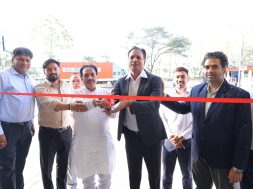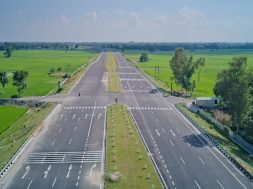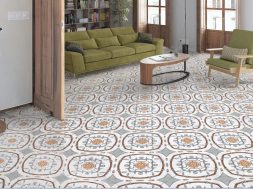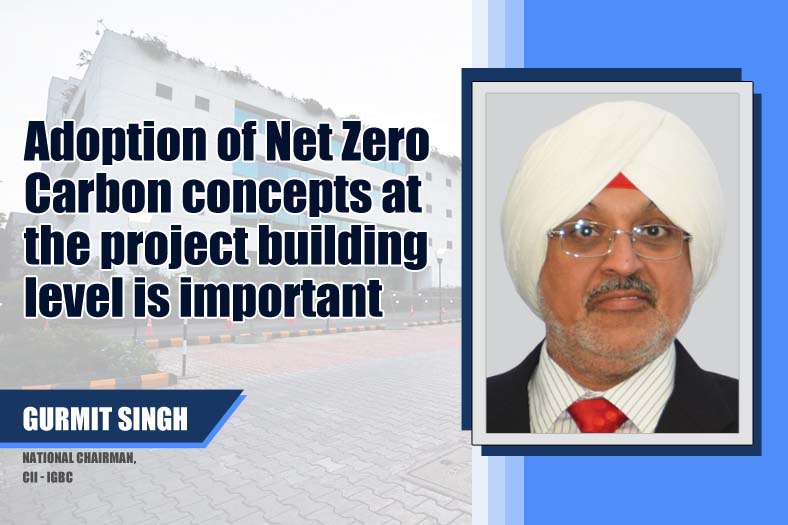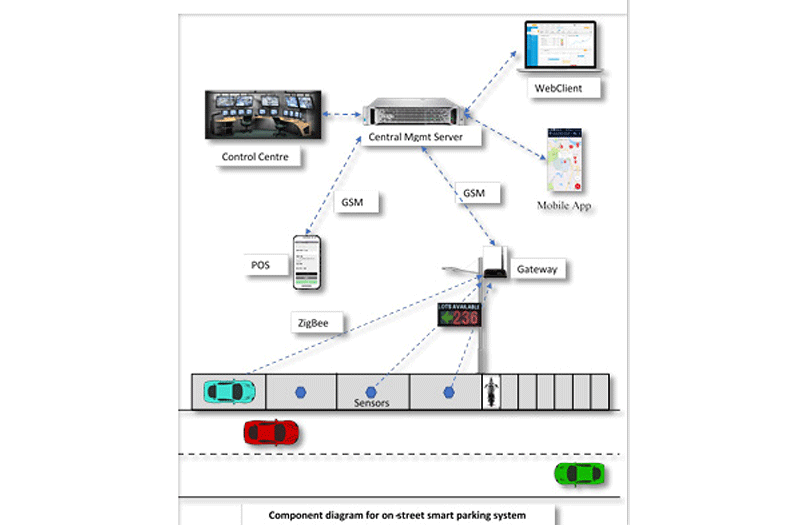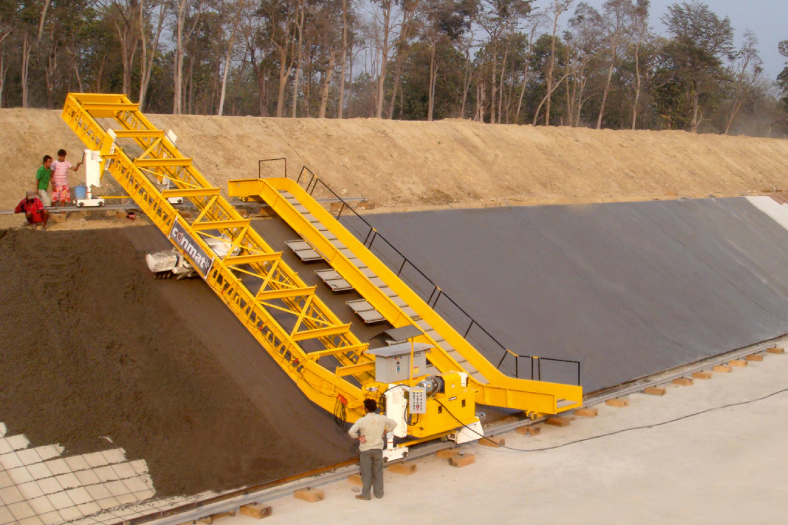Building insulation: opportunities and challenges
Thermal insulation plays a key role to reduce energy usage in the built environment. N. Srinivas, Mentor at Lloyd Insulations (India) explains the opportunities and challenges in building insulation methodology
As we all know, we are in a global and local environment, which is extremely sensitive to energy and green issues. Being the 4th largest emitters of greenhouse gases, India must realise that we are always within the crosshairs of those who are implementing climate change policies – most of the time facing adverse political compulsions within each country.
Green buildings have now become the buzzword wherever we go. If we are not positioned somewhere in this ecosystem, we are likely to be left out in the cold!
In every activity, there is a quest towards making our operations more energy-efficient and sustainable. Contemporary building design offers enormous scope to reduce energy usage in the built environment. Thermal insulation plays a very important role in this pursuit, whether it is:• For insulation of the building envelope itself to limit energy loss to the atmosphere, or• For effective insulation of the devices and systems we deploy for ambient temperature control (HVAC systems) or for appliances we use to sustain our lifestyle.
The role played by insulation in our daily lives and challenges involved are not immediately appreciated by most of our users and agencies responsible for building projects. This explains the extraordinary casualness with which design, selection and implementation of insulation work is handled in a typical building project.
Building insulation as an exact science Various challenges and opportunities present themselves if we want to keep abreast of issues such as:
• Energy-efficiency in the face of high cost of energy and a scenario of depleting energy resources. Insulation is the major player in improving energy availability by reducing loss of heat or cold.• Durability to ensure and protect the interests of owners and other stakeholders. Insulation, when selected right, has undergone time tested evaluation for durability. • Conformance to green building standards – being a barrier against energy loss, insulation promotes sustainability. By promoting thermal and acoustical comfort, insulation improves productivity of the occupants to optimum levels.• Updated design ensures safety against loss of life and property due to fire, wind or storm etc• Conservation of water is ensured by adoption of totally dry construction (e.g. dry walls), use of renewable sources of energy is made possible by limiting loss of energy to the minimum levels achievable.• Sustainability issues in keeping with present environmental concerns, since the industry employs manufacturing processes which are constantly being upgraded to meet new environmental norms even as they evolve.
New opportunitiesAt no other time have we been exposed to a more dramatic set of changes than what we see today. Incentives can be created for a scientific re-look at everything we have been doing in this domain to create high-performance buildings. We need to deliver enduring value to the user through better use of building science.
Whether newly built or retrofitted, high-performance buildings begin with envelopes that involve increased thermal efficiency and weather integrity. These give greater assembly complexity with wider material choices. To meet these challenges, designers, architects and builders must get the building enclosure details right the first time, starting with the earliest stages of schematic design, continued through detail engineering, benchmarking and actual construction. At the end, users may also be exposed to many alterations in lifestyle during occupancy itself.
Evolving best practices in design and methods to manage construction details would yield an engineered result of a built environment with superior hygrothermal performance.
Science of high-performance assembliesPerformance of effective thermal envelopes depends on examination of:Thermal issues• Optimum positioning of building• Roof and wall alignments• Disposition of thermal barriers• Heat flow pattern• Understanding thermal bridging• Minimising heat flow through windows
Air flow issues• Continuity of air barriers• Air tightness• Gaskets and seals – their service life
Water percolation issues• How water can move through building fabric• Continuity of water barriers• Capillary breaks• Managing bulk water, capillary water, and drying
Vapour transmission issues• Vapour stops, vapour retarder membranes and coatings• How they work together.
Combining various elements to fulfil each of the above functions to create the final built environment raises many challenges including compatibility between each layer and the next. Above all, combining components faultlessly and elegantly for the assembly to perform as per design intent is what we term as detailing.
Getting details rightHigh performance assemblies easily stand out from the ordinary. A high-quality completed work reveals itself by the excellent detailing that must have gone into through all the agencies that were associated at each stage. It is particularly true in industrial steel buildings where there are special challenges.
Detailed examination of alternative concepts for roof assemblies or wall assemblies, floors or pavements helps create a final product that would fit the needs of a user totally. Needless to state, correct detailing of connections, joints and interfaces have their own place of major importance.
Effective insulation prevents long-term effects such as thermal stresses and thermal movements caused by changes in ambient temperatures. These are important since major causes for failure of weather seals and rupture of bonds between concrete and reinforcement is the direct consequence of thermal stress cycling.
Thermal insulation – a total systemInsulation does not involve only a single material. It is a total system consisting of many ancillary materials like sealants, gaskets, adhesives, putties and caulkings. Each of these needs special study to avoid embarrassing failures. We have to select materials and combinations that work – after deep study of what makes them fail over the whole service life of the building. Varieties of materials available in this category present their own challenges to the designer in making the correct choice for a specific function.
It is not enough if we study service life aspects alone. Assessing product safety, in particular, examination of the presence of hazardous or unacceptable solvents and carriers from health and environmental considerations is a major subject by itself. In addition, all liquid sealants, flashing tapes and gaskets need deep study as to their chemical safety.
A major aspect which needs to be captured concerns is fire safety – both during service and during construction or implementation.
The above broadly cover aspects related to components of the thermally insulated building envelope assembly. All these would also be relevant in the choice of insulation systems for mechanical elements in the HVAC system like the chilled water or refrigeration piping, ventilation ducts, air handling rooms or chambers etc. Exterior finish and site construction methodologies become even more important in this area.
Care at every stageA new building envelope needs care at each stage, starting from pre-design phase, passing through a harmonious continuity of design. “Benchmarking” and “Mockups” help to ensure that we have factored in all relevant aspects needing least interventions during actual construction. Finishing and checking before releasing built environment for occupancy assume high importance as well.
When we retrofit for improved performance of an existing building, we need to look at the existing state of the building in respect of its performance level. A comprehensive assessment checklist can be made to arrive at how we can reach the desired performance level. Prior to design we may want to assess and evaluate alternative concepts available
If the performance gets tested for final benchmarking for various purposes like LEED certification, details of test methods to be employed, test equipment that would be used for the purpose etc. must be made known well in time. It is absolutely necessary to establish clear guidelines and standards whenever we aim to have a building assessed, classified or certified. Otherwise, verification, evaluation testing etc would be open to vagaries of subjective judgement.
Above all, the comfort level we provide to the end user, friendliness afforded to his lifestyle and easing of pressure on his operating cost during actual occupation are probably the best final certificate goals to aim for.
Lloyd Insulations India Ltd. has led energy conservation and resource protection fields for 50 years through its thermal insulation products for heat or cold conservation, corrosion protection of buried cross country pipelines and protection of buildings against deterioration through scientific waterproofing and fire protection products and devices.
Authored by__
N. Srinivas, Mentor, Lloyd Insulations (India)(The opinions expressed in this article are those of the author)
Cookie Consent
We use cookies to personalize your experience. By continuing to visit this website you agree to our Terms & Conditions, Privacy Policy and Cookie Policy.



